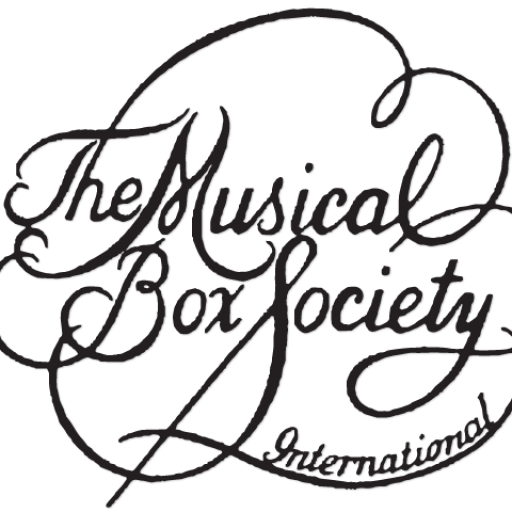1. Finger-operated control lever used to sound a note on a keyboard instrument such as a piano, organ, or accordion. 2. Musical pitch of an instrument or music arrangement (e.g., the key of C). 3. Actuating levers, usually made of brass, used to operate organ reeds (as in a cylinder music box with reed organ attachment), organ pipes (such as in a large barrel orchestrion), or a pneumatic system (as in the key frame of a fairground organ). 4. Key(s): the number of playing notes plus the number of control stops (for changing registers, stopping the instrument at the end of a song, rewinding the roll, etc.) on an automatic musical instrument, especially a dance organ or fairground organ (such as 89-key Gavioli organ, 101-key Mortier organ, etc.). * French: touche * German: Tasten, Tonstufen.
keyboard
A set of keys or levers, arranged in order of ascending pitch, which enables a piano or organ to be played by hand. * Synonym (in pipe organ nomenclature): manual. * In German, Klavier, which also refers to the piano (the keyboard instrument).
keyboardless
Term used to describe a piano or organ without a keyboard. * Synonym: cabinet style.
keyless frame
In a fairground organ or dance organ a music system which used paper rolls or cardboard music books and a tracker bar, rather than a key frame with spring-loaded metal keys. Such instruments are sometimes called keyless. (Term mainly used in Europe.)
Klavier
1. German term for an upright or vertical piano, usually of medium or large size (term never used to describe a grand piano, which is Flugel in German). A small-sized upright piano is sometimes called a Pianino in German nomenclature. 2. Keyboard (also listed in this Glossary).
